SummaryAirport Rating ***** Reception of locals ***** Cost: £££££
An understated cityAs a city that has existed as a settlement for several thousand years, it's somewhat remarkable that the history of Basel is rather understated. Transferred between the Celts, Romans, Franks, and Germans, the city didn't become a major settlement until after the building of Basel Minster in the 11th century. During the Middle Ages, Basel grew in importance as a trading centre and became a free imperial city in the 14th century, giving it some measure of political and economic independence. The city's prosperity continued to grow throughout the Renaissance period, thanks to its strategic location on the Rhine River and its role as a centre for the textile industry. By the 16th century it was home to the world's oldest publishing house, playing a key role in the dissemination of the printing press. More recently, the city has been home to various international organisations as well as hosting the signing of various peace treaties given its location near the borders of Germany, France and Switzerland. I spent a week in Basel, in the aftermath of Basel Carnival, and had a pretty interesting and surreal experience. Visiting Switzerland, landing in FranceI'll start with the airport, which is a pretty strange experience itself. The actual airport is located in French territory and so when you arrive you're faced with two exits - one with a large French flag and the other with a Swiss flag. Even though the entirety of the airport is on French soil, the Swiss customs exit is subject to Swiss law. It's pretty important to get your exits right, or you might end up in a completely different country. The airport experience on both landing and departure was very smooth and as a bonus there were no extra checks for me as a Sikh, and both my wooden and metal salais made it through airport security. Basel might be the cultural capital of Switzerland, but it isn't exactly a tourist hot spot. In fact, outside of the old town, known as Altstadt, there is very little to see or do. Most of the old town dates back to the 15th century, with pockets of older buildings. It's relatively compact and easy to walk around, and much like old towns in various European cities, it is a maze of narrow alleyways and cobblestone roads. dotted with beautiful houses, shops, restaurants, churches and uniquely, over 200 fountains. It also has incredibly beautiful doors (I know that sounds weird), with many doors having dates above them to show the age of the building. One good way to see the old town is actually to stand on one of the bridges, with the Mittlere Brücke being a particularly good vantage point. A bridge has existed on that site for almost a millennium. although the current structure dates back about just over a century. I spent a fair bit of time hanging around the bridge area just watching the boats go past on the river Rhine. Gates to the cityThe Three Gates of Basel are a set of historic gates that were built in the Middle Ages to protect the city from invaders and one of the first things that stand out when entering the old town. I visited two of the three city gates and found them to be impressive reminders of the city's past as a gateway to various countries and empires in Europe. The Spalentor is the most famous of the three gates and is considered one of the most important landmarks in Basel. It was built in the mid-14th century and is decorated with sculptures and carvings that depict various historical and biblical scenes. It definitely had more of a presence of the two that I saw. On the other side of the old town is St. Alban-Tor, the oldest of the three gates. It was built in the 14th century and was part of the city's defensive walls and was designed to protect the city from attacks from the south. The gate has a square tower and is decorated with statues and carvings of saints and angels. It's also a nice entry point into the old town if you're coming in via the train station. St. Johanns-Tor is the smallest of the three gates and was built in the 17th century, and it was the only one of the gates that I didn't visit. It was part of the city's defensive walls and was designed to protect the city from attacks from the north. A mid minsterThe Basel Minster, also known as the Basel Cathedral, is a Gothic church situated at the heart of the old town. What makes it recognisable is its red sandstone facade and two towering steeples. The roots of the Basel Minster date back to the 9th century, when a small chapel was built on the same site. Over the centuries, the chapel underwent several transformations and expansions, eventually becoming this incredible cathedral. When I visited, there was a service going on, so I waited 20 minutes for the service to finish and headed inside. The cathedral's interior features stunning stained-glass windows, intricate stone carvings, and magnificent vaulted ceilings. One of the highlights of Basel Minster is its organ, considered to be one of the largest and most impressive in Europe, which was built in the early 20th century. It looked good, but not particularly spectacular. It is also possible to climb the towering steeples, which offer panoramic views of the city and the surrounding countryside. When I visited Grossmunster, a similar styled cathedral in Zurich 5 years ago (which you can read about here), I climbed the steeples to a tremendous view of the city, but here I wasn't able to climb as the cathedral has a policy of not allowing unaccompanied climbers. It wasn't immediately clear why the rule is in place - maybe it's to prevent jumpers, or a way to ensure someone does not suffer an adverse health event on the way up. Let's be honest, most likely it is just a way of making additional money - whatever the reason, I wasn't able to climb. That's okay. It seemed a little mid compared to Grossmunster anyway (not the place of worship, but the steeples). As a bonus, the hotel I stayed at was taller than the cathedral and so the views from it looking over the old town and the Black Forest meant I didn't miss out on too much. You also have nice views from the back of the cathedral in the Pfalz, a terrace that you can reach by walking around the side of the cathedral or through the beautiful cloisters next to the cathedral. Fountains that moveWalking through the old town, I bumped into the Tinguely Fountain - a kinetic sculpture designed by renowned Swiss artist Jean Tinguely in 1977. As far as fountains go, it's pretty unique. It has a collection of moving parts that continuously interact with one another, creating a mesmerising display of water, sound, and motion. The focal point of the fountain is a large metal tree sculpture that features various mechanical elements that move and spray water in all directions. There's a lot going on with the fountain, and it's very interesting - but just bear in mind - the fact that I've devoted a section to a fountain that has moving parts is a reflection of a city with not too many interesting things to do (unless you're an art lover as there are some famous art galleries in the city). The city of red sandstoneAt the heart of Basel's old town is Marktplatz, a lively and vibrant public square. The square is surrounded by a host of historic buildings, including the Basel Town Hall, which is an iconic landmark of the city. The Basel Town Hall is an impressive red sandstone building that was constructed in the 16th century. It features a striking Renaissance-style facade adorned with ornate decorations and intricate carvings, making it one of the most recognizable buildings in the city. The building has been the centre of the city's government and administration for centuries and is still in use today. The Town Hall's interior is equally impressive, featuring a series of opulent rooms and halls decorated with beautiful frescoes, paintings, and sculptures. Marktplatz is also home to a farmers' market that takes place every weekday morning. The market offers a wide selection of fresh fruits, vegetables, meats, cheeses, and baked goods, as well as a variety of crafts and souvenirs. Many buildings in Basel are made of red sandstone because the material is abundant in the region and was readily available for use in construction. Red sandstone has been used in building construction in the Basel region for centuries, with some of the earliest examples dating back to the Middle Ages. The material was commonly used in the construction of public buildings, such as churches, town halls, and government buildings, as well as in the construction of private homes and mansions. From order to chaosAt the start of this article I mentioned my trip was surreal, and believe me, at times I had to pinch myself to make sure what I was seeing was actually happening. I arrived a couple of weeks after Basel Carnival (yep, there's a carnival in Basel!) The Basel Carnival, also known as Fasnacht, is one of the most popular and unique festivals in Switzerland, drawing visitors from all over the world. The carnival takes place in Basel's old town and lasts for three days, starting at 4 a.m. on the Monday after Ash Wednesday. The carnival has a long history that dates back to the Middle Ages and has evolved over the centuries into elaborate parades, costumed performers, and music. One of the hallmarks of the Basel Carnival is the Guggemusik, a type of carnival music that features brass and percussion instruments. The Guggenmusik bands, dressed in colourful costumes and masks, march through the streets of Basel, playing lively and upbeat music. The thing is, the Guggemusik continues for almost a month after the end of the carnival and it is so strange, so unique, so fascinating - easily one of the most surreal and unexpected things I've experienced on my travels. For a whole day, hundreds of small marching bands were playing all throughout the old town. At times it was a percussion orchestra of about 50 people, while at others there were four or five people with flutes. Now imagine this, and everything in between, happening at the same time, along almost every street of the old town, all day, all evening, and late into the night. I couldn't get away. If I saw a marching band coming, I could turn into a narrow alleyway, and coming the other way was a different marching band, if I turned off that road there'd be another one. It was so weird - but in a good way. By the evening I was really getting into it and enjoying it, some of the bands were playing their take on modern music and I really liked that. During the night, the streets were packed with people eating, drinking. laughing and lining the streets for the bands and it was just a great experience, I'd definitely recommend it if you get the chance, and next time, I might visit during the carnival itself! Gurdwaras in BaselWhile there aren't any Gurdwaras in Basel, there are a couple of Gurdwaras within commuting distance, with Gurdwara Sahib Switzerland in the town of Langenthal the most well-known. I took the train from the beautiful Basel central train station, a stunning neo-Baroque building that features a dominating clock tower in an opulent classical style building. Public transport in Basel (and broader Switzerland) is very good, with most hotels offering tourists free public transport within the city - and Basel has a great tram network that I caught a few times. But as this was outside the city, a return ticket from Basel to Langenthal cost 45 Swiss Francs which is about £40. The journey took just under an hour and a half with a switch over in the town of Olten. The trains were clean, punctual, and modern, with space for chargers at each seat. Train platforms for signposted clearly and so there wasn't any issue in Basel, Olten, or Langenthal when getting on the train. In Langenthal I walked the 20-odd minutes from the station to the Gurdwara, a fairly easy and straight forward walk through a quiet town. The Gurdwara is architecturally stunning and well worth the visit, although it is located slightly outside the town centre next to a railway line. While the outside of the Gurdwara has a grand marbel like appearance, the inside is relatively small - so small that you actually leave your shoes outside the main Gurdwara building. I visited on a Sunday and there was quite a lot of sangat, a large proportion of which were youngsters. Hearing young Singhs and Kaurs speaking to each other in fluent Swiss German was a pretty unique experience but hearing them do kirtan was indescribable. To hear youngsters switch from Swiss to Panjabi and sing in classical raag kirtan is something that'll stay with me forever. Trust me, as far as visiting Gurdwaras in different cities goes, this was one of my favourite experiences. Would I recommend visiting Basel?It's a tough one. If you're only coming to Switzerland to visit Basel, you could probably give it a pass, but if you're in the neighbourhood - for instance visiting eastern France, or other cities and resorts in Switzerland, then it is definitely worth a short. That being said, if you get the opportunity to visit around the time of Basel Carnival, then my opinion changes. The absolute surreal scenes of the Guggemusik will definitely be my standout memories from the trip. As a Sikh I faced no issues at the airport or in the city, and the nearby Gurdwara Sahib Switzerland was a fantastic experience and well worth visiting! Comments are closed.
|
AuthorBritish Sikh, born in the Midlands, based in London, travelling the world seeing new cultures. Categories
All
|
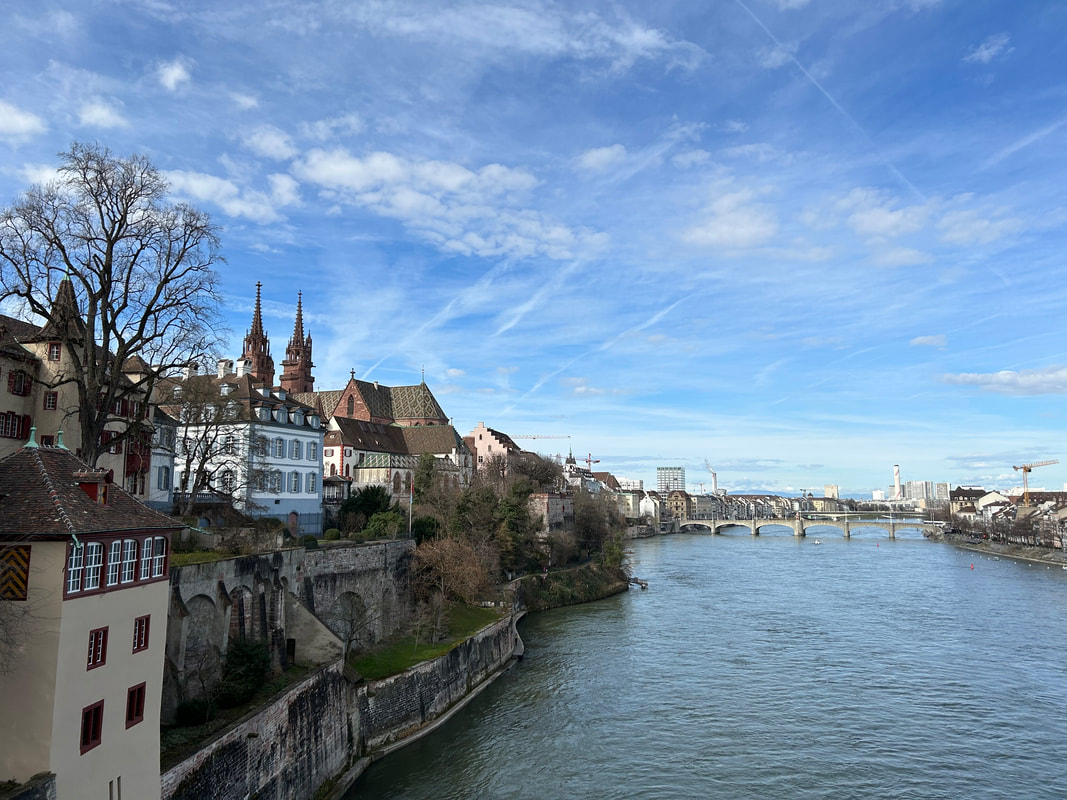
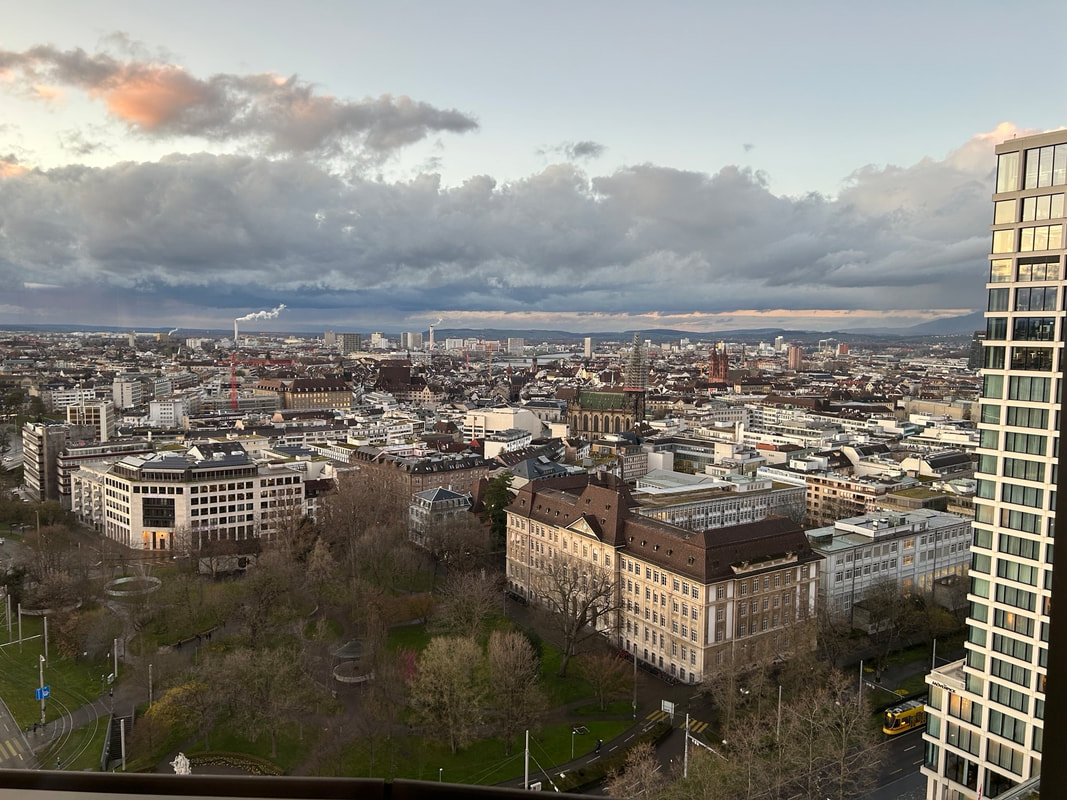
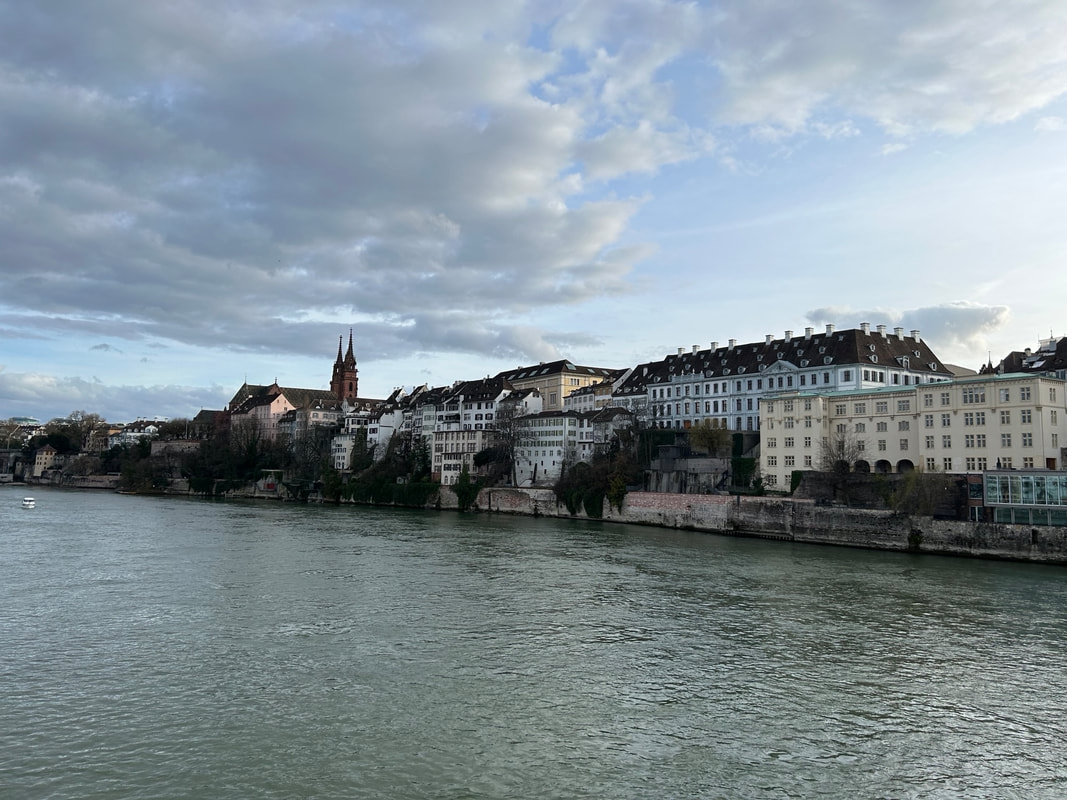
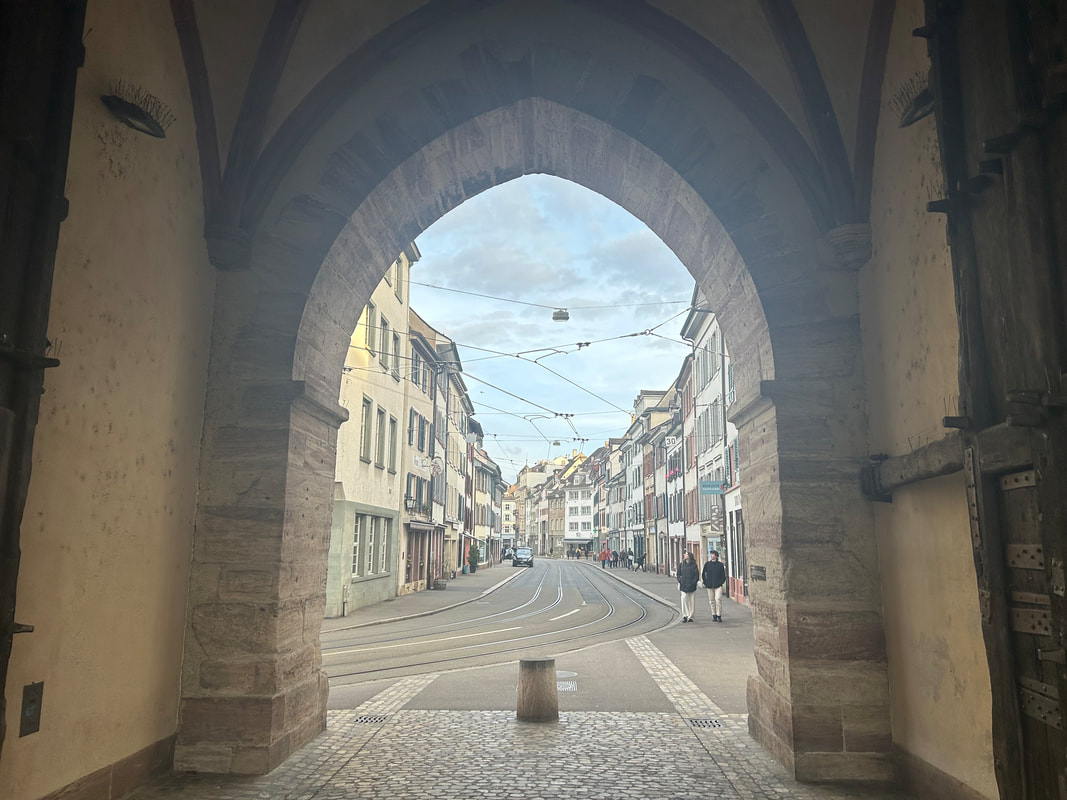
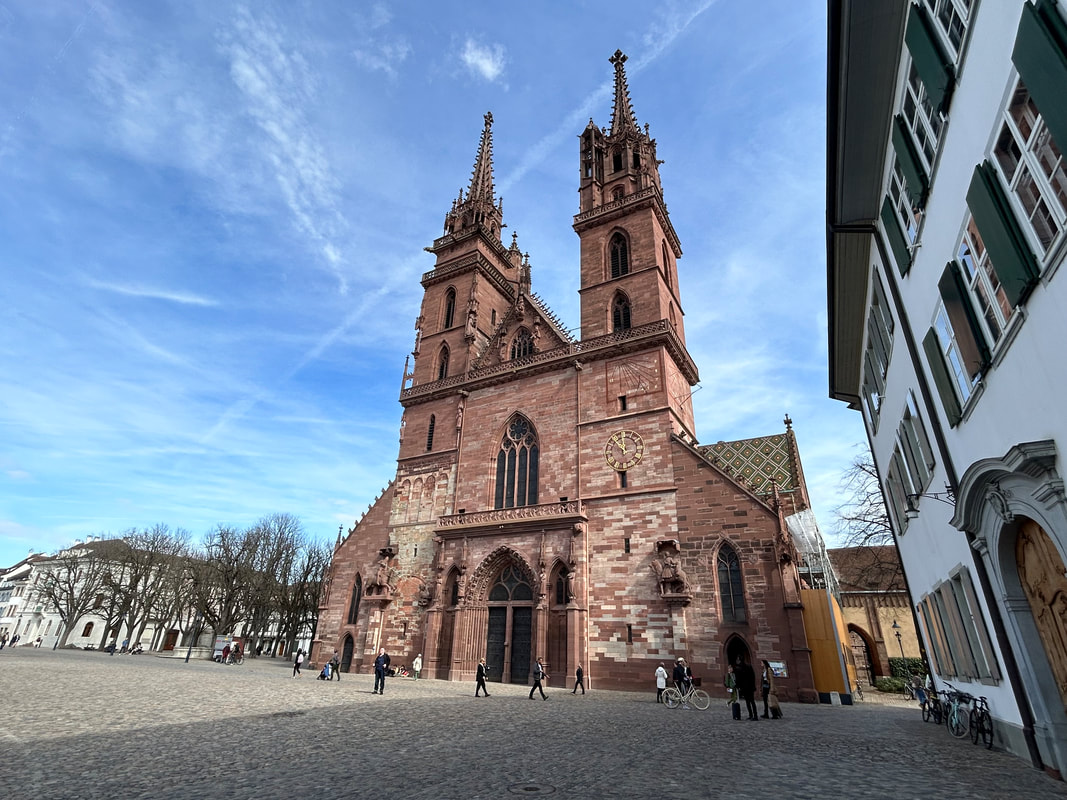
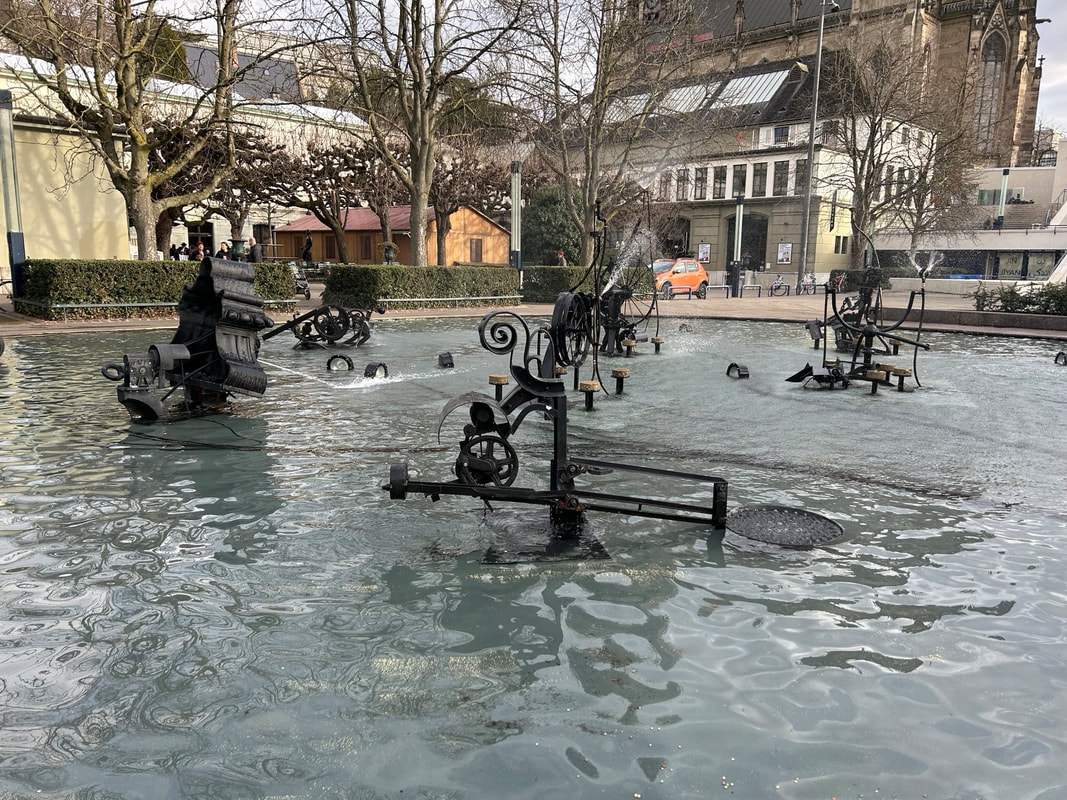
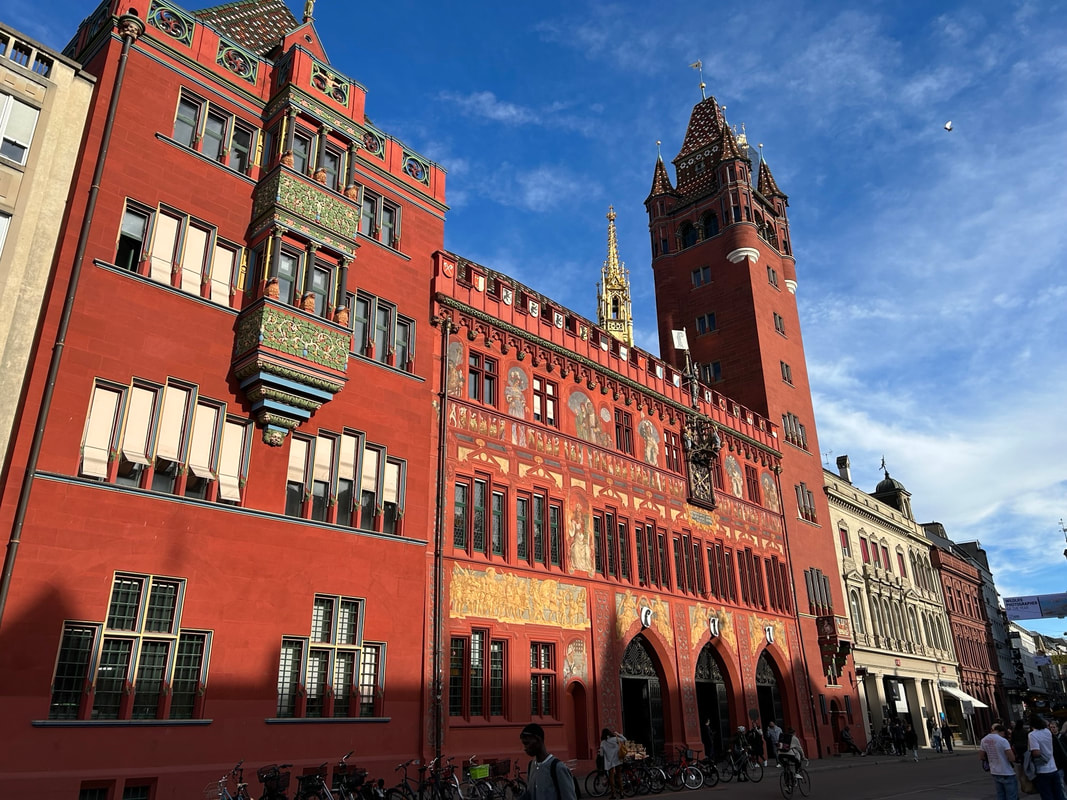
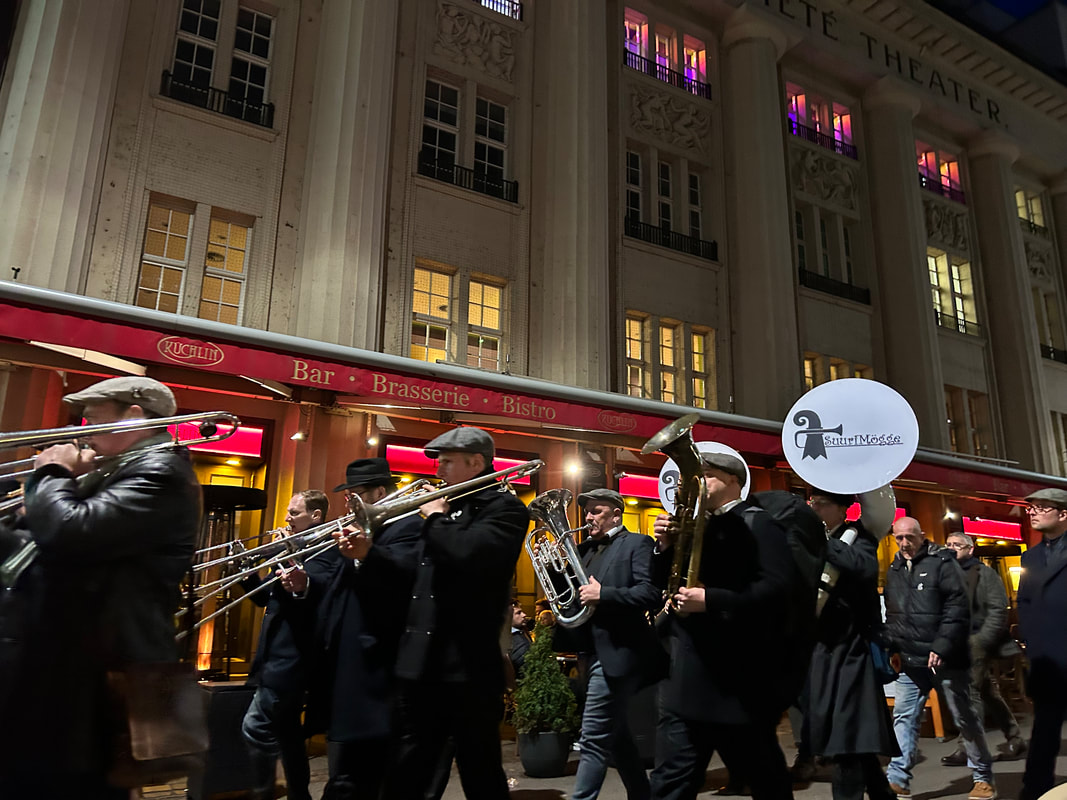
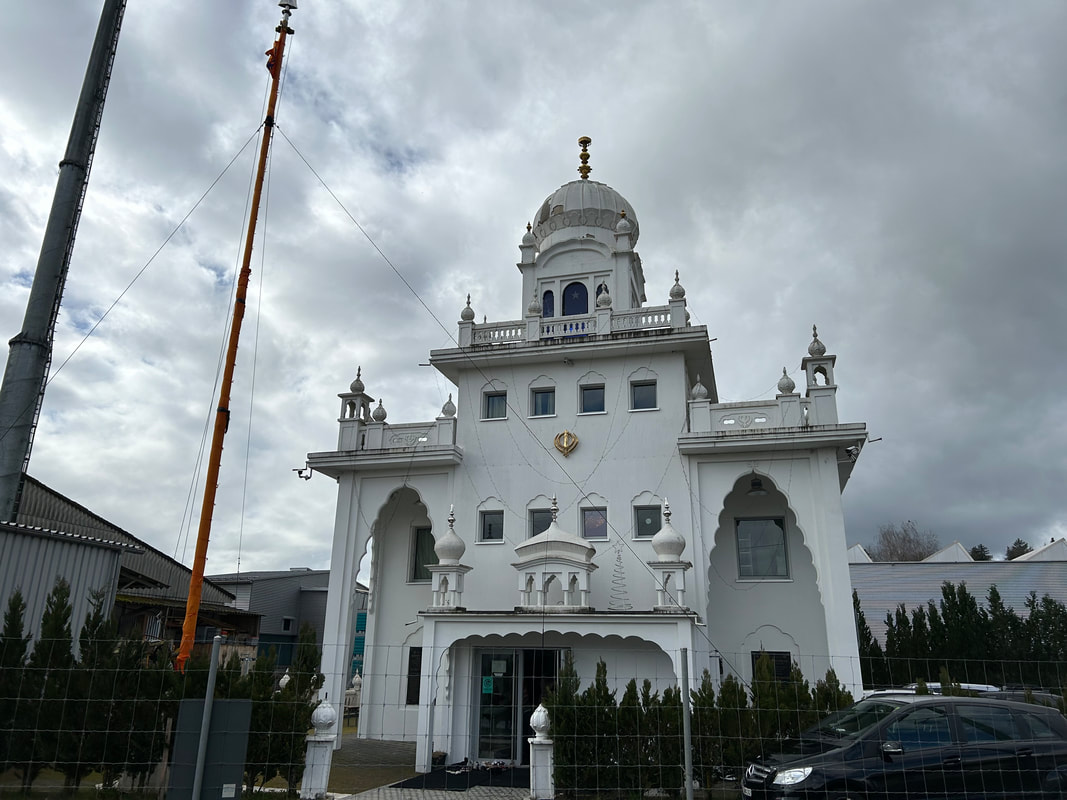
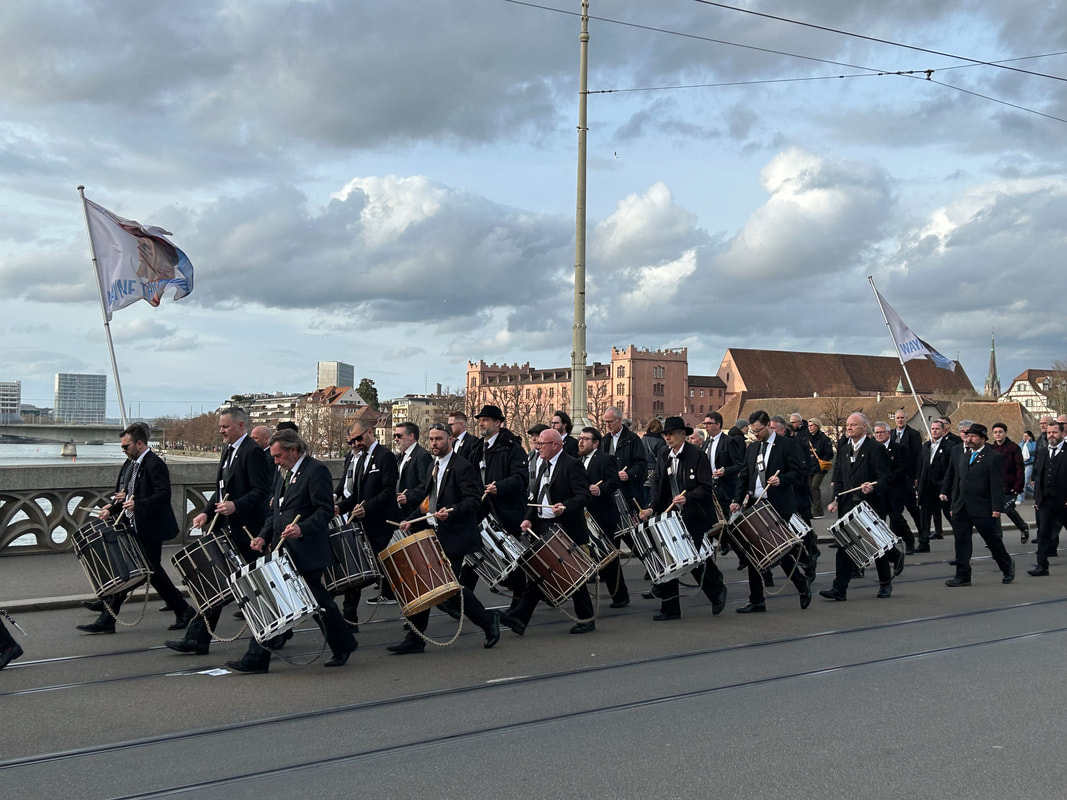
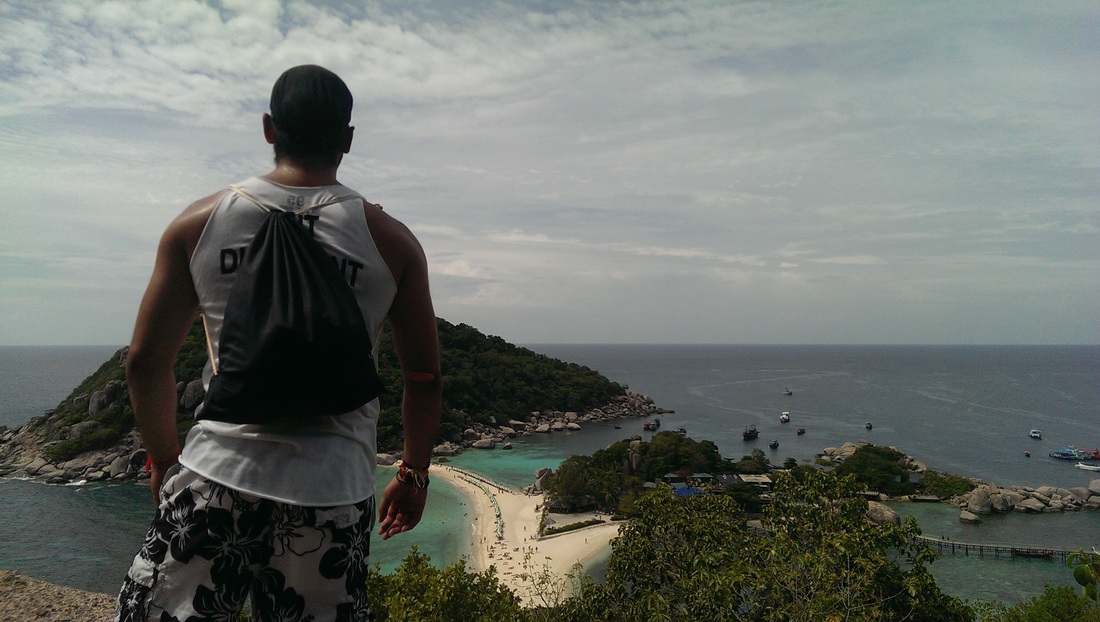
 RSS Feed
RSS Feed